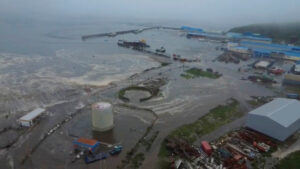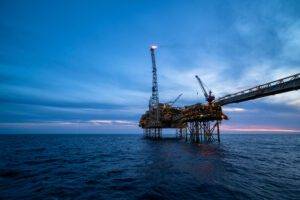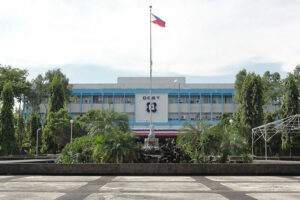THE PHILIPPINES’ seismology agency canceled a tsunami advisory on Wednesday hours after warning that residents in 22 coastal provinces facing the Pacific Ocean might experience unusual sea-level disturbances triggered by a magnitude 8.8 earthquake off Kamchatka, Russia.
“Based on available data from our sea level monitoring stations facing the Philippine Sea, no significant sea level disturbances nor destructive tsunami waves have been recorded since the 7:25 a.m. earthquake up until this cancellation,” the Philippine Institute of Volcanology and Seismology (Phivolcs) said in a third advisory at 4:40 p.m.
“With this, any effects due to minor sea level disturbances have largely passed, and therefore, [it] has now canceled the recommendations issued for this event,” it added.
Earlier in the day, the Department of the Interior and Local Government (DILG) ordered the immediate evacuation of coastal communities across eastern Philippines based on Phivolcs’ warning.
“All concerned DILG regional directors must ensure that local government units (LGU) within their jurisdiction are adequately prepared for this threat,” Local Government Undersecretary Marlo L. Iringan said in a memo.
He said local governments should take urgent preparedness actions including evacuating residents living near the shoreline, activating emergency operation centers and establishing clear evacuation routes and safe zones for at-risk communities.
The public was strongly advised to remain on alert for unusual waves and to stay away from beaches and coastal areas.
“The first tsunami waves are expected to arrive [from] 1:20 p.m. to 2:40 p.m. on July 30,” Phivolcs said in the advisory issued at 7:25 a.m. “It may not be the largest and these waves may continue for hours.”
Phivolcs noted that while no destructive tsunami was anticipated, the public should remain alert and avoid beaches, harbors and low-lying coastal areas.
Among the provinces notified were Batanes, Cagayan, Isabela, Aurora, Quezon, Camarines Norte, Camarines Sur, Albay, Sorsogon, Catanduanes, Northern Samar, Eastern Samar, Leyte, Southern Leyte, Dinagat Islands, Surigao del Norte, Surigao del Sur, and parts of the Davao Region.
Several local governments suspended classes as a precaution, including the provinces of Surigao del Sur, Surigao del Norte, Eastern Samar and parts of the Davao Region.
Residents living near the shorelines were advised to move further inland as a precaution. Phivolcs also urged boat operators to secure their vessels and move away from the waterfront.
“Boats already at sea during this period should stay offshore in deep waters until further advised,” it said in the second advisory, before the cancellation.
The earthquake triggered tsunami waves of up to five meters and sparked evacuation orders in Hawaii and across the Pacific on Wednesday, Reuters reported.
The shallow quake damaged buildings and injured several people in a remote part of Russia, according to initial reports. In Japan, authorities ordered evacuations along much of the eastern seaboard — a region still haunted by the devastating magnitude 9.0 earthquake and tsunami of 2011.
In Hawaii, coastal residents were told to move to higher ground or to the fourth floor or above in sturdy buildings. The US Coast Guard also ordered vessels to leave harbors as tsunami waves approached.
In the memo, the DILG ordered local governments to coordinate with regional and provincial disaster response offices, Phivolcs and other agencies to ensure effective risk assessment, technical support and public information campaigns.
The Philippines has experienced several destructive tsunamis since the 19th century, with events recorded as early as 1828, according to the Phivolcs website. That year, a 6.6-magnitude earthquake struck Manila Bay, leading to sudden water level changes attributed to hydraulic effects.
Another notable event occurred in 1863, also in Manila Bay, when a 6.5-magnitude quake created turbulent waves that shook a naval frigate, possibly capsizing one ship.
One of the most devastating tsunamis occurred on Aug. 15, 1918, in Southern Mindanao. Triggered by an 8.0-magnitude earthquake, waves as high as 24 feet struck coastal communities from Port Lebak to Glan, killing many people and animals.
Another deadly event took place on April 14, 1924 in Mati, Davao Oriental, where an 8.3-magnitude quake caused extensive coastal flooding. — Norman P. Aquino and Chloe Mari A. Hufana


















